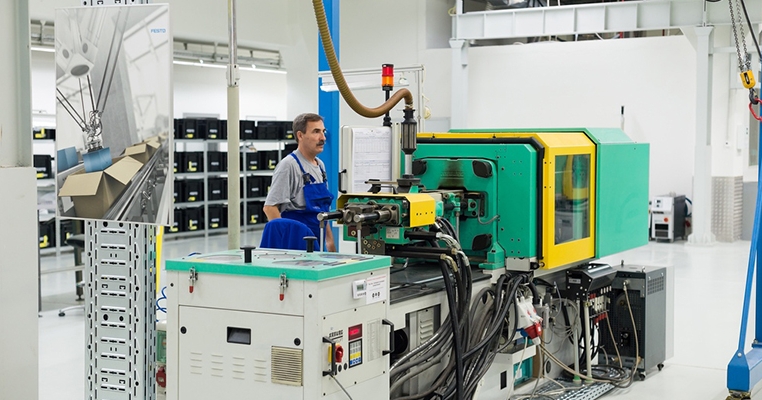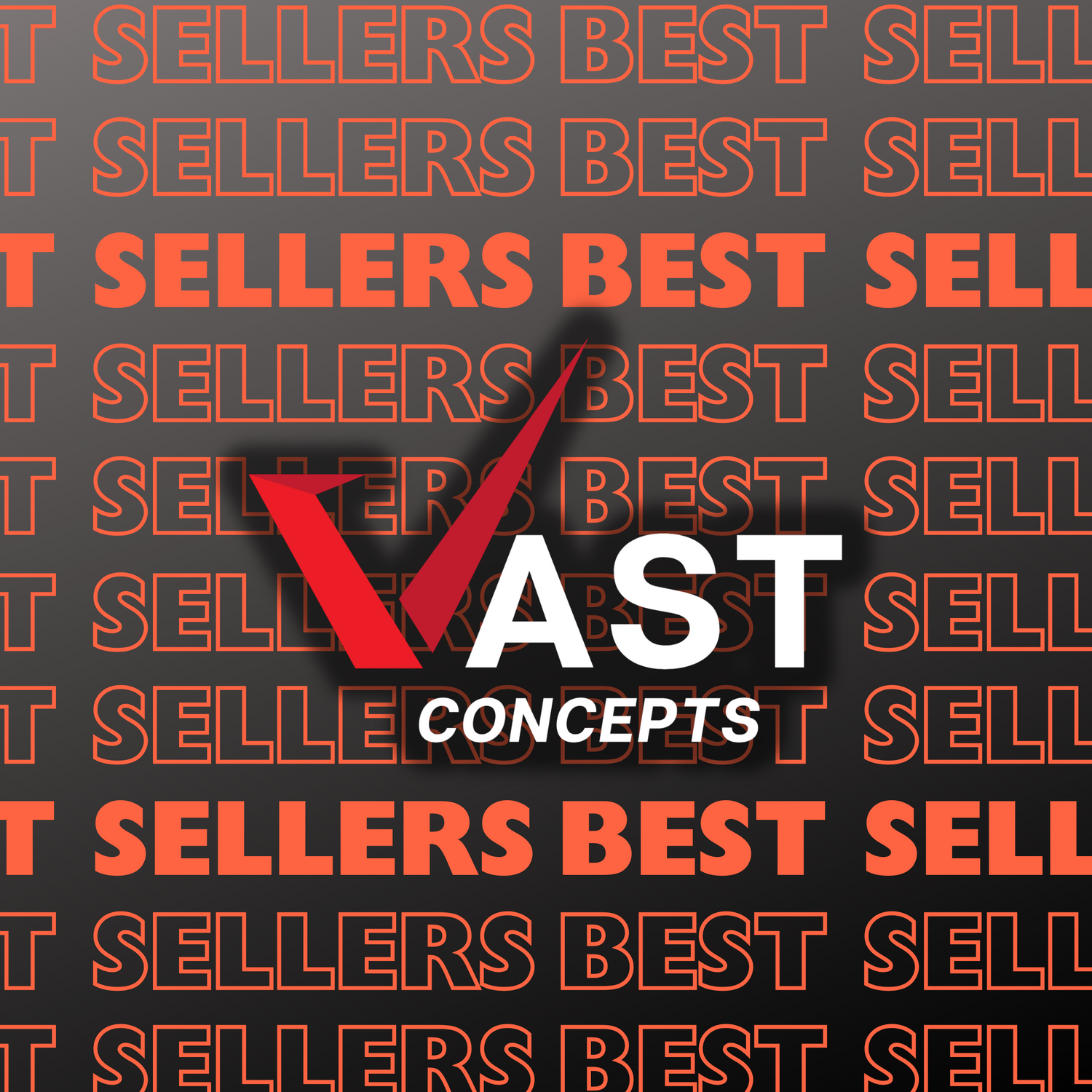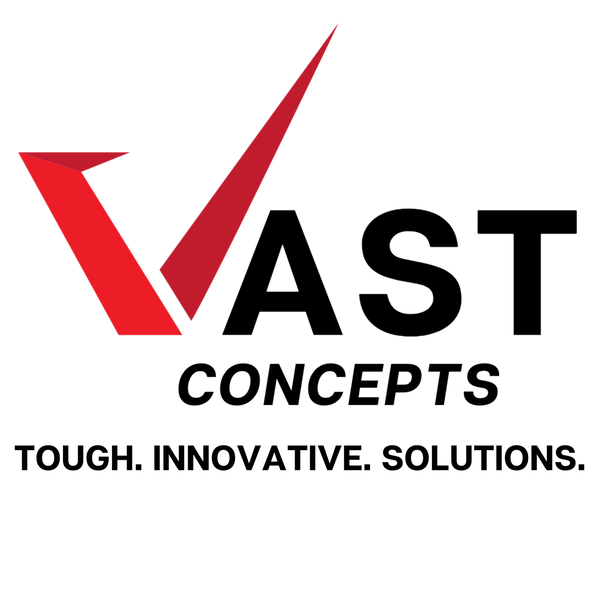
3D Printed vs. Injection Molded Parts: A Deep Dive into Manufacturing Differences
Share
The world of manufacturing offers a plethora of methods to bring designs to life. Two of the most prominent, and often compared, are 3D printing and injection molding. While both produce solid parts from digital designs, their underlying processes, capabilities, and suitability for different applications vary significantly. Let's delve into a detailed comparison of these two manufacturing options.
1. The Fundamental Processes:
-
3D Printing (Additive Manufacturing):
- This process builds parts layer by layer from a digital 3D model using a 3D printer or machine.
- Various technologies exist, including Fused Deposition Modeling (FDM), Stereolithography (SLA), Selective Laser Sintering (SLS), and Metal 3D Printing.
- Materials are typically supplied as filaments, resins, or powders.
- The process is additive, meaning material is added rather than removed.
-
Injection Molding:
- Molten material (typically plastic or metal) is injected into a molded cavity tool under high pressure repeatedly.
- The mold is then cooled, and the solidified part is ejected.
- This is a subtractive-adjacent process in that the mold must be created by subtractive methods or other methods prior to the injection molding process.
- It's a high-volume production method, ideal for creating identical parts rapidly.
2. Material Properties and Variety:
-
3D Printing:
- Offers a growing range of materials, including thermoplastics (PLA, ABS, PETG, TPU and many others regularly being brought to the market), resins, metals, and even ceramics.
- Material properties can vary depending on the 3D printing technology and specific material used.
- Layer adhesion can be a concern, if proper techniques and infill are not of thought.
- Many new materials are being developed for 3d printing, and the material selection is rapidly expanding.
-
Injection Molding:
- Provides access to a vast array of thermoplastics, thermosets, and elastomers.
- Material properties are generally consistent and predictable, offering excellent strength and durability.
- Allows for the use of filled materials (e.g., glass-filled nylon) to enhance specific properties.
3. Part Complexity and Design Freedom:
-
3D Printing:
- Excels at creating complex geometries, including intricate internal features, undercuts, and organic shapes.
- Requires minimal tooling, enabling rapid prototyping and design iterations.
- Support structures may be necessary for overhangs and complex geometries, which can increase post-processing time.
-
Injection Molding:
- Is best suited for high-volume production of relatively simple to moderately complex parts.
- Mold design is crucial and is expensive, limiting design flexibility.
- Undercuts and complex internal features may require complex mold designs or multi-part molds.
- The design of the mold is very important, and it is a large upfront cost.
4. Production Volume and Cost:
-
3D Printing:
- Cost-effective for lower-volume production, prototyping, and custom parts.
- Per-part cost is relatively constant, regardless of the number of parts produced.
- Ideal for rapid prototyping, design verification and unique products.
-
Injection Molding:
- Economical for high-volume production, where the initial tooling cost is amortized over a large number of parts.
- Per-part cost decreases significantly as production volume increases.
- Not cost-effective for low-volume production due to high tooling costs.
- The large upfront cost of injection molding tooling makes it very expensive for low volume production.

5. Surface Finish and Tolerances:
-
3D Printing:
- Surface finish can vary depending on the machine and material used.
- Layer lines are often visible, requiring post-processing for smooth surfaces.
- Tolerances are generally lower than injection molding, especially for FDM.
-
Injection Molding:
- Produces parts with excellent surface finish and tight tolerances.
- Consistent and repeatable results are achieved rapidly.
- Ideal for applications requiring high precision, volume and aesthetic appeal.
- Injection molding parts are known for their high quality surface finish.
6. Strength & Quality:
-
3D Printing (Does 3D Printing have a bad rap in the marketplace?):
- While there are many ways to short-cut 3D printed parts in efforts to reduce costs, such as using a less durable material (e.g. PLA), low infill volume, cheap equipment and other factors, 3D printed parts are general very durable and reliable
-
3D Printed parts typically require more measures to print durable products
-
3D Printed parts' durability heavily rely on the following factors
- Material: Many materials are offered on the market but the most common are PLA, PETG, ABS and TPU. PLA is typically used for toys and indoor use only while the other materials are more durable and suitable for outdoor and heavy use.
- Infill Density: Printed parts typically appear to be filled with material but are sometimes filled at factory setting lower than what may be required of its use.
-
3D Printed parts' durability heavily rely on the following factors

-
-
-
- Infill Pattern: As simple as it sounds the infill pattern is one of the most oversaught settings. Linear and Cubic infills will typically be weaker as patterns such as triangles are very strong and allow for maximum support and adhesion.
-
-

-
-
-
- Equipment: Many budget 3D printers are on the market with new models coming out daily. Quality 3D printer brands like Bambu Labs, Prusa will always provide the best quality.
-
-
-
Injection Molding:
- Injection molding allows for the use of a wide variety of strong and durable materials, including engineered plastics.
- The high-pressure injection process ensures uniform material distribution, minimizing weak points. Typically all "short-cuts" in material infill are visible.
- The process delivers parts with excellent dimensional accuracy and repeatability, ensuring consistent quality across large production runs.
7. Speed and Lead Time:
-
3D Printing:
- Offers fast turnaround times for prototypes and low-volume production.
- Design iterations can be implemented almost immediately.
- Production speed is limited by the printing speed and build volume of the 3D printer.
-
Injection Molding:
- Requires longer lead times for tooling design and fabrication before it can be used for molding.
- Once the mold is created, production is fast and efficient.
- Ideal for high-volume production runs with consistent output.
Summary:
| Feature | 3D Printing | Injection Molding |
| Process | Additive (layer-by-layer) | Subtractive-adjacent (mold injection) |
| Materials | Growing range of thermoplastics, resins, metals, ceramics | Vast array of thermoplastics, thermosets, elastomers |
| Complexity | High (complex geometries, undercuts) | Moderate (mold design dependent) |
| Volume | Low-volume, prototyping, custom parts | High-volume production |
| Cost | Low upfront, constant per-part | High upfront (tooling), low per-part (high volume) |
| Speed | Fast prototyping, slower production | Slower setup, fast production |
| Strength | Reliable and durable with proper measures | Generally durable due to pressure and other factors |
| Surface Finish | Variable, layer lines visible | Excellent, smooth |
[FOR MANUFACTURERS] Choosing the Right Manufacturing Method:
The optimal manufacturing method depends on the specific application requirements.
3D printing is ideal for:
- Prototyping and design verification.
- Low-volume production and custom parts.
- Complex geometries and intricate designs.
- Rapid design iterations.
Injection molding is ideal for:
- High-volume production.
- Consistent and repeatable parts.
- Excellent surface finish and tight tolerances.
- Cost-effective production at scale.
[FOR CUSTOMERS] Choosing the Right Supplier:
With many manufacturers and retailers products to choose from, it may be difficult to determine the reliability these days. Following these measures can ensure you're getting what you're paying for!
3D print suppliers:
- Ensure the proper manufacturing measures are being taken that are suitable for your parts desired use(s).
- Ask your supplier what infill parameters they are using. If they are unwilling to tell you this may be your warning.
- Know what plastics are best for your use(s). If products are melting outdoors you know your supplier is using low-temperature material such as PLA.
- Sometimes less-reliable due to the volume of online manufacturers / sellers and their reputations.
Injection molding suppliers:
- Any cost saving measures are typically visible in the amount of material used due to the process.
- Ask your supplier what infill parameters they are using. If they are unwilling to tell you this may be your warning.
- Know what plastics are best for your use(s).
- Typically more reputable due to the expenses and experience that come with injection molding manufacturing.
The Process We Chose.
3D Manufacturing
We Chose 3D Manufacturing for our main method of fulfilling your desires and orders for various reasons, including:
- We are able to mock up and test models all within the same day, sometimes many different variations depending on size.
- We sometimes don't know how popular our items may be and if there will be any traction in the market.
- Some of our products we offer are more unique and infeasible to injection mold.
Our Manufacturing Process
All of our products are printed on Top Notch machines such as Bambu Lab and Creality professional series printers with PETG or ABS plastic.
- Material: PETG & ABS Primarily
- Infill Density: 35% - 100%
- Infill Pattern: Triangle
- Equipment: Bambu Lab P1S, X1C, Creality K1C


